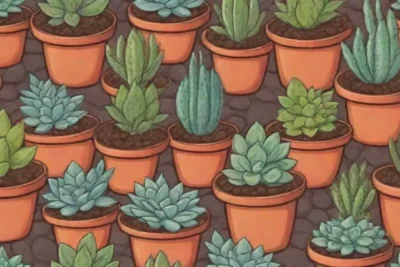
Succulents for Biodiversity: Future Trends in Plant Varieties
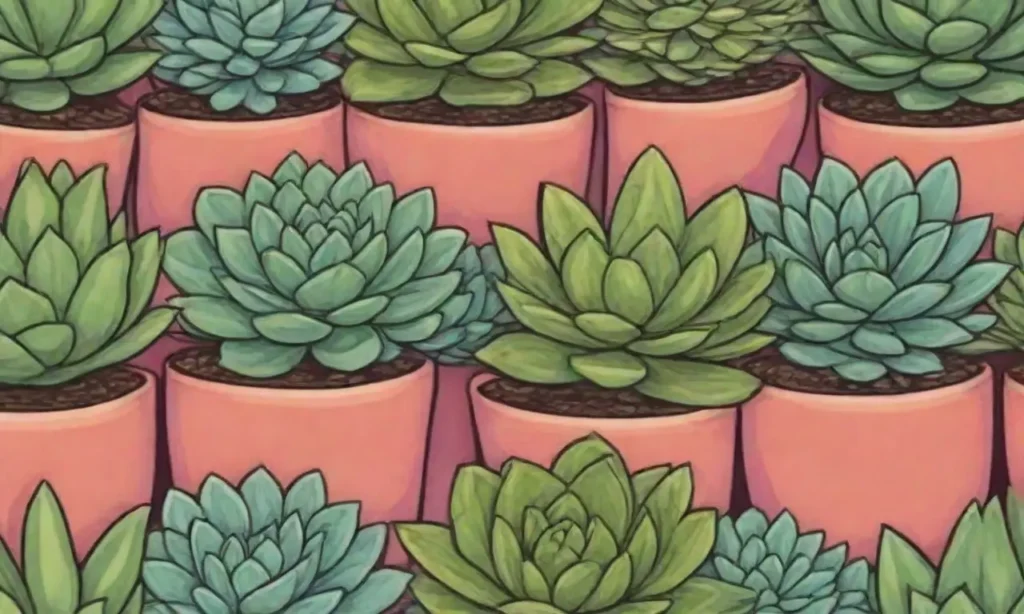
Introduction
In recent years, succulents have gained tremendous popularity among plant enthusiasts, interior decorators, and eco-conscious individuals. Their unique aesthetics and low maintenance needs have made these versatile plants a staple in homes, offices, and gardens around the world. However, succulents are not just beautiful; they also play a crucial role in promoting biodiversity and can significantly impact the future of plant varieties. This article delves into the vital role succulents play in biodiversity, explores emerging trends in succulent varieties, and examines how these plants can foster the growth of sustainable ecosystems.
As our world faces escalating challenges, including climate change, habitat loss, and the biodiversity crisis, understanding the significance of succulents becomes ever more pressing. This piece aims to provide an in-depth discussion on how the cultivation and conservation of succulent varieties could shape future gardening practices, enhance urban habitats, and promote ecological balance. We will explore the evolutionary significance of succulents, the future trends in their varieties, and the essential role they play in biodiversity and conservation efforts.
The Importance of Succulents in Biodiversity
Succulents are fleshy plants designed to store water in their leaves, stems, and roots, making them incredibly adaptable and resilient in arid environments. This remarkable adaptation enables them not only to survive but thrive in areas that may be inhospitable to other plant varieties. As such, succulents contribute significantly to biodiversity, offering a unique solution to some of the pressing environmental issues we face today.
Firstly, succulents often serve as vital components of their ecosystems. Many species are key to stabilizing soil in deserts and semi-arid regions, where their extensive root systems prevent erosion and encourage water retention. This soil stabilization supports a variety of organisms, from microorganisms to larger fauna, facilitating complex food webs that rely on the existence of succulents. In these arid ecosystems, succulents can offer shelter and food sources for various animal species, which, in turn, promotes further biodiversity.
Secondly, succulents are increasingly recognized for their roles in pollination. Many vibrant and varied flowering succulent species attract specific pollinators, such as bees, butterflies, and hummingbirds. The pollination services provided by these insects ensure the reproduction of various plants, maintaining healthy ecosystems and the genetic diversity essential for resilience against pathogens and environmental changes. The interdependence between succulents and pollinators underscores their critical role in supporting biodiversity.
Lastly, global biodiversity is under significant threat due to habitat loss, climate change, and unsustainable agricultural practices. Succulents, with their unique adaptations, are perfect candidates for habitat restoration projects. By emphasizing the preservation of native succulent varieties and incorporating them into rehabilitation efforts, we can build resilient ecosystems that support not only succulents but also a myriad of other plant and animal life that depend on them.
Emerging Trends in Succulent Varieties
As the popularity of succulents continues to rise, the horticultural industry is experiencing a surge in the development of new varieties. The increasing demand for unique and visually appealing plants is prompting breeders and researchers to focus on creating new and diverse succulent varieties, often through traditional breeding techniques and genetic modifications. This section will explore some of the key trends that are shaping the future of succulent varieties and their implications for biodiversity.
 Succulent Substrates: What’s Trending in Soil Innovations?
Succulent Substrates: What’s Trending in Soil Innovations?Hybridization and Novel Varieties
One of the most noticeable trends in succulent cultivation is the development of hybrids. Hybridization techniques are being employed to create plants with enhanced aesthetics, resilience, and specific growth habits. For instance, breeding programs may seek to combine the traits of different succulent species to produce plants with unique leaf colors, distinctive shapes, or increased drought tolerance. This not only expands the range of available varieties but also enhances their adaptability to changing environmental conditions. As hybrid succulents proliferate, we can expect greater diversity in plant offerings, appealing to aesthetics while contributing to biodiversity.
However, the emphasis on hybridization raises questions about its long-term implications for the genetic diversity of succulents. While creating novel and attractive varieties can boost consumer interest, it may also inadvertently lead to the neglect of native species that have essential ecological roles. Thus, a balanced approach is critical to ensure that the focus remains on both the cultivation of popular hybrids and the preservation of diverse, native varieties.
Drought-Resistant Varieties
With climate change leading to increased droughts and water scarcity, the development of drought-resistant succulent varieties is becoming increasingly important. Future trends are steering towards cultivars that require minimal water while still maintaining robust growth and aesthetic appeal. Such plants are not only beneficial for individual gardeners seeking to conserve resources, but they also contribute to broader environmental goals, such as reducing water consumption in urban landscaping.
Breeders are exploring the characteristics of succulents that allow them to thrive with less moisture, including adaptations in leaf morphology and root structure. Consequently, we can expect to see the rise of hardy hybrid varieties engineered specifically for drought-prone environments and a growing interest in the conservation of native drought-resistant succulents that can offer ecological functions in their native habitats.
Sustainability in Cultivation Practices
Another significant trend is the growing emphasis on sustainable cultivation practices within the succulent industry. As awareness of the environmental impact of agriculture and plant propagation increases, many growers are adopting methods that prioritize sustainability. This includes utilizing organic fertilizers, practicing water conservation techniques, and reducing reliance on harmful pesticides.
Moreover, nurseries are increasingly adopting responsible sourcing practices by supporting local and native succulent materials. The promotion of ethically sourced plants helps minimize the risks associated with wild harvesting and fosters healthier ecosystems. As sustainability becomes more integrated into the succulent market, plant enthusiasts are more likely to engage in conservation efforts and support local biodiversity initiatives.
Future Implications for Biodiversity
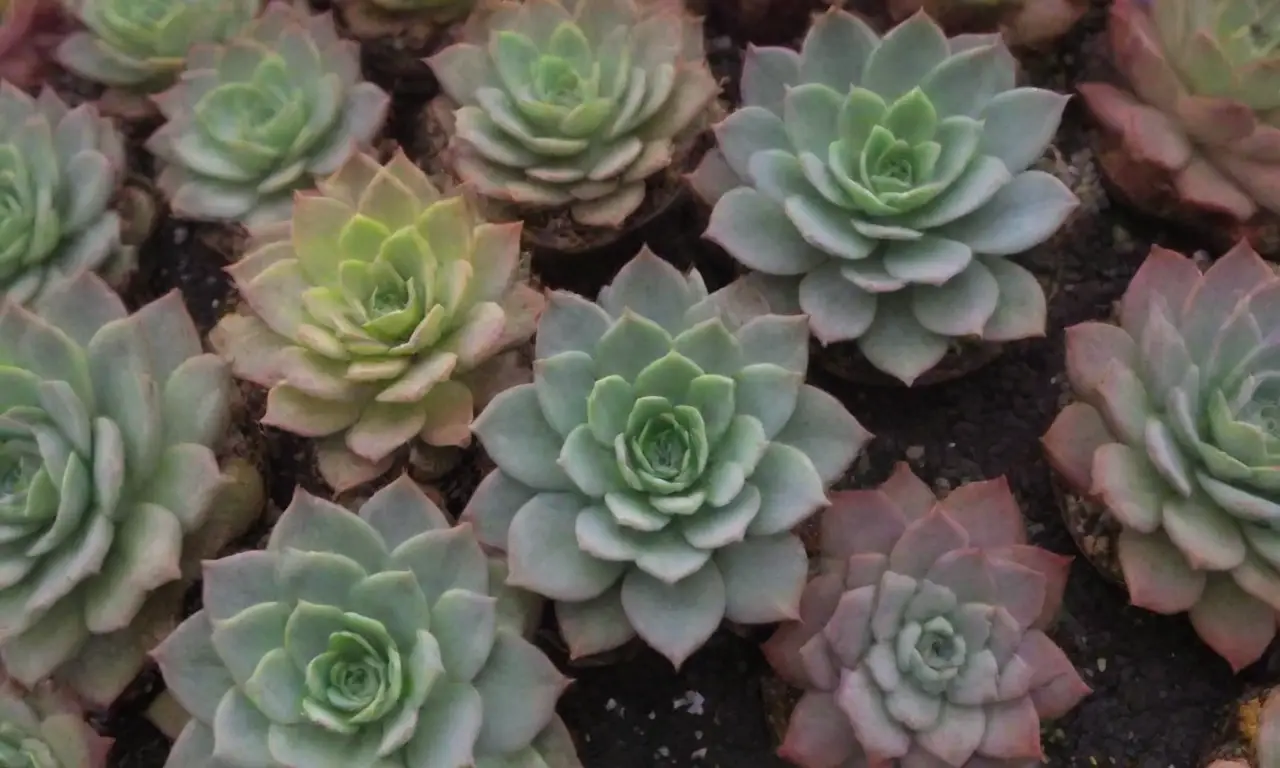
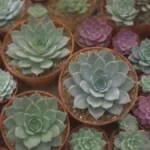 Succulent Exhibitions and Shows: What to Expect in 2024
Succulent Exhibitions and Shows: What to Expect in 2024The potential for succulents to contribute to biodiversity extends beyond aesthetics and individual gardening practices. As more people engage with these plants, they also become advocates for the protection and preservation of natural ecosystems. The rise of social media platforms has amplified this connection, bringing awareness to the need for responsible planting and uptaking sustainable practices.
Education and Awareness
Educating budding gardeners about the importance of succulents in ecological systems can inspire a sense of stewardship that transcends urban gardens and individual landscapes. Workshops, which facilitate the sharing of knowledge about the significance of succulents in ecosystems, can accentuate their role in conservation efforts and empower communities to engage in sustainable gardening practices.
Furthermore, the popularity of succulents in social media spaces has led to the proliferation of avid plant communities focused on sharing knowledge and advocating for biodiversity. This grassroots movement emphasizes how succulents can be utilized in urban gardens, enticing individuals to participate in habitat restoration projects and community gardening endeavors that prioritize biodiversity and ecosystem health.
Urban Gardening Initiatives
As cities continue to expand and urban spaces grow more inhospitable to wildlife, succulents present an opportunity for urban gardening initiatives. Vertical gardens, rooftop landscapes, and container gardening are becoming more popular as people seek to green their environments. Integrating succulents into these urban spaces can not only enhance biodiversity but also create microhabitats conducive to various insect and animal life.
Moreover, urban succulents contribute to improved air quality, moderate temperature fluctuations, and increased access to green spaces for city dwellers. By promoting the use of diverse succulent varieties in urban landscapes, we can instigate a ripple effect that encourages biodiversity both within and beyond city neighborhoods.
Conservation Efforts
Finally, the burgeoning interest in succulents—both rare and common—has substantial implications for their conservation. As collectors and enthusiasts rally to learn about diverse species, they may also become advocates for the protection of natural habitats, especially where succulents naturally thrive. This newfound public awareness could lead to increased financial support for conservation efforts and advocacy for policies aimed at habitat preservation.
The engagement in nursery conservation programs advocates the cultivation of rare, endangered, or endemic succulent varieties. As these plants blossom in gardens and homes, their stories can evoke appreciation for the ecosystems from which they hail, sparking further interest in the preservation of not only succulents but also the myriad species with which they cohabitate.
 Tech Innovations for Succulent Enthusiasts: What’s Next?
Tech Innovations for Succulent Enthusiasts: What’s Next?Conclusion
Succulents are not merely decorative houseplants; they are vital components of global biodiversity and serve as practical solutions in the face of environmental challenges. Their resilience, aesthetic appeal, and adaptability underscore their significance in addressing pressing ecological issues. The emerging trends in succulent varieties—hybridization, drought resistance, and sustainable practices—demonstrate both the potential benefits and the challenges that come with enhancing their popularity.
As we move forward into an uncertain future, the cultivation of succulents presents an opportunity to foster a deeper understanding of biodiversity and its interconnected relationships within ecosystems. With educational initiatives, urban gardening efforts, and conservation advocacy rallying behind the majestic succulent, we have the capacity to enhance natural habitats, promote sustainable practices, and ensure a more vibrant future for all forms of life. The flourishing world of succulents beckons, inviting individuals and communities alike to engage in responsible gardening practices that cherish and sustain our planet’s invaluable biodiversity.
If you want to read more articles similar to Succulents for Biodiversity: Future Trends in Plant Varieties, you can visit the Future trends in succulents category.

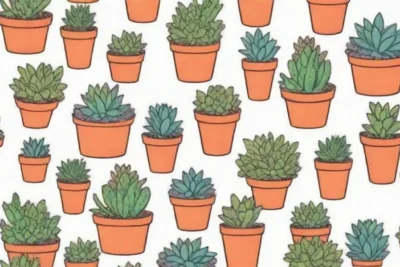
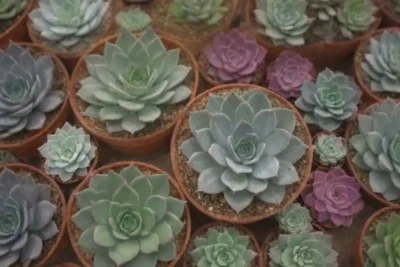
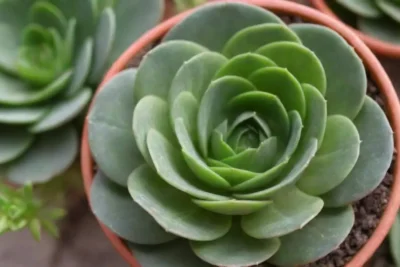
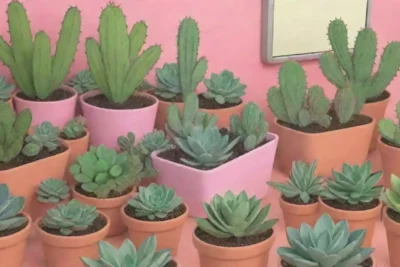

You Must Read